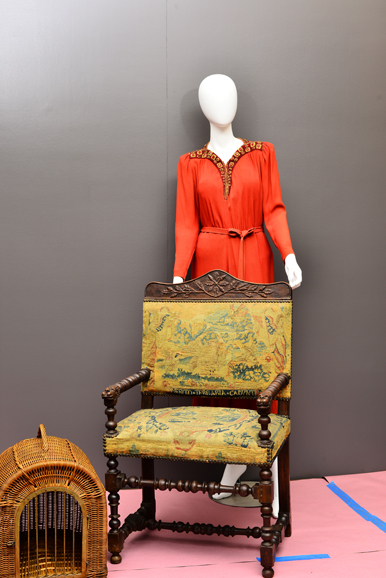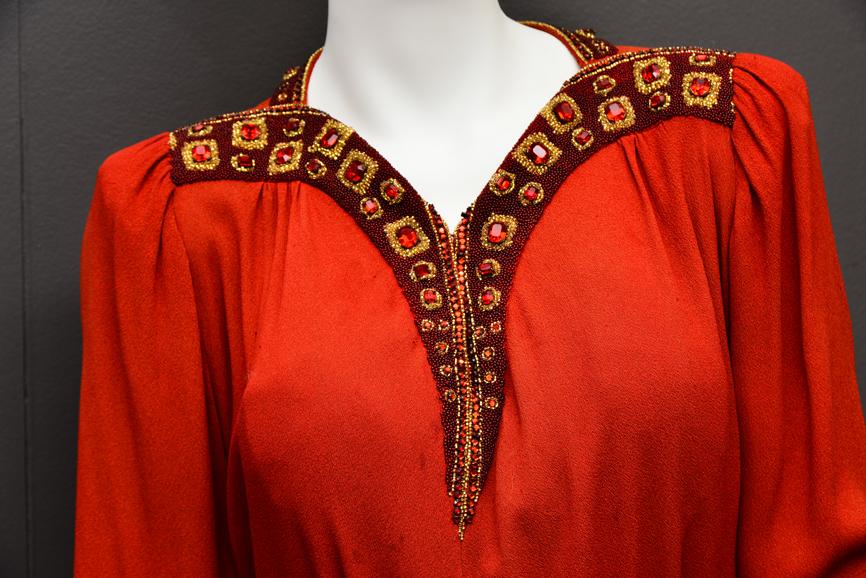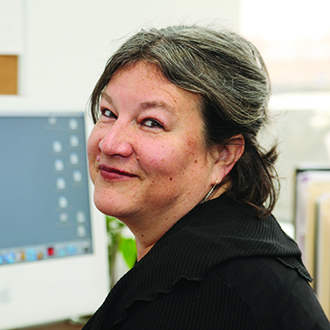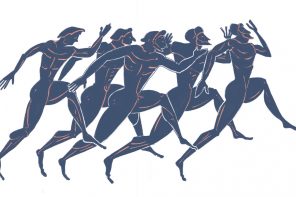Visitors to Lyndhurst will find themselves with quite a challenge soon — deciding which of the dresses, hats, shoes or bags on display is the favorite.
Though many may be inspired to play such a game, the Gould family fashions, accessories and related personal effects that will be unveiled June 17 in Tarrytown have been gathered not only to delight but also explore history in a most fashionable manner.
While Jay Gould may have been the famed railroad baron and financier in residence at Lyndhurst toward the end of the 19th century, it is the women in his life — and what they wore — that will be the focus of the summer exhibition in the mansion and its carriage house gallery.
“Defying Labels: New Roles, New Clothes” will explore how the wardrobes of Gould’s two daughters, philanthropist Helen Gould and Anna Gould, Duchess of Talleyrand, and daughter-in-law Edith Kingdon Gould, a former actress, reflect the dramatic shift in women’s roles from the 1880s to 1940s.
WAG recently checked in with Howard Zar, Lyndhurst’s executive director, as the exhibition was coming together.
Surrounded by mannequins in the carriage house, he and Krystyn Hastings-Silver, the associate director and collections manager, unpacked hats and took dresses off a rack, showing off some of what he’s discovered since joining the National Trust for Historic Preservation site.
“I got here three years ago, and I started looking through the collections.”
Today, Zar said, there is a greater appreciation of fashion’s historic value far beyond being “just the old clothing in the attic.”
“Defying Labels” will spotlight some 30 ensembles drawn from Lyndhurst’s holdings and supplemented by loans from around the world, such as Anna Gould dresses from the French museum Palais Galliera, Musée de la Mode de la Ville de Paris and objects from Cartier and Van Cleef & Arpels.
“There’s a lot of pieces coming in that people wouldn’t be able to see otherwise,” Zar said.
It all combines, added Hastings-Silver, to offer a new way to see Lyndhurst, featured earlier this spring as one of “10 Homes That Changed America” on PBS.
“It’s part of the untold story,” she said. “It’s so accessible. Clothing is something people can really relate to.”
The focus on daywear reflects how more and more women were leaving their traditional roles within the home to lead more public lives. Gone were the corsets, thrown aside in favor of comfortable fit — and the start of modern design.
Throughout the exhibition, each of the three Gould women’s personalities and styles will emerge, Zar said.
Helen Gould’s fashions trace her transition from serious and plain eldest daughter to a beloved philanthropist with a taste for quality clothing that leaned toward the neutral palette.
Edith Kingdon Gould was a beautiful young stage performer who joined the family during a time of great social change. Her fashions reflect not only her understanding of drama and the power of dress but also the effect of public image.
“She is very aware of the fact that she has an incredible figure and knows how to accentuate that,” Zar said.
And in Anna Gould, who would live most of her life in Paris, we meet a woman who was noted for her insistence on dressing for herself, taking full advantage of being an American heiress living — and shopping — in the world’s fashion capital.
One thing to remember, he added, is that the Gould family wealth — plus the fact that Jay Gould was a bit of an outsider — allowed these women to dress in a way that was ahead of its time.
“Because the Goulds were not ‘in society’ — they were self-made — he looked at his daughters very differently… (The Goulds) lived the way I think men and women live today. You really see it in the way they dressed.”
The exhibition further explores the evolution of day wear, adopting accents of men’s tailoring and encompassing both travel clothing and sporting attire.
Throughout the exhibition, Zar said, we can see “the way they curate their closets for the different roles they play.”
Stepping away from the fashions, the exhibition also includes possessions such as Helen Gould’s Near Eastern travel tent and Anna Gould’s French furniture.
While people may come away remembering the jewel-toned neckline of a dress or the intricate details of a Cartier enameled desk clock, Zar said the exhibition is designed to resonate on other levels, spotlighting the changing role of women and creating a richer understanding of the Lyndhurst story.
“You’re able to see things over a period of time, and it gives you a very different sense of the people who lived there.”
“Defying Labels: New Roles, New Clothes” opens June 17 and continues through Sept. 25 at Lyndhurst. For more, visit lyndhurst.org.








